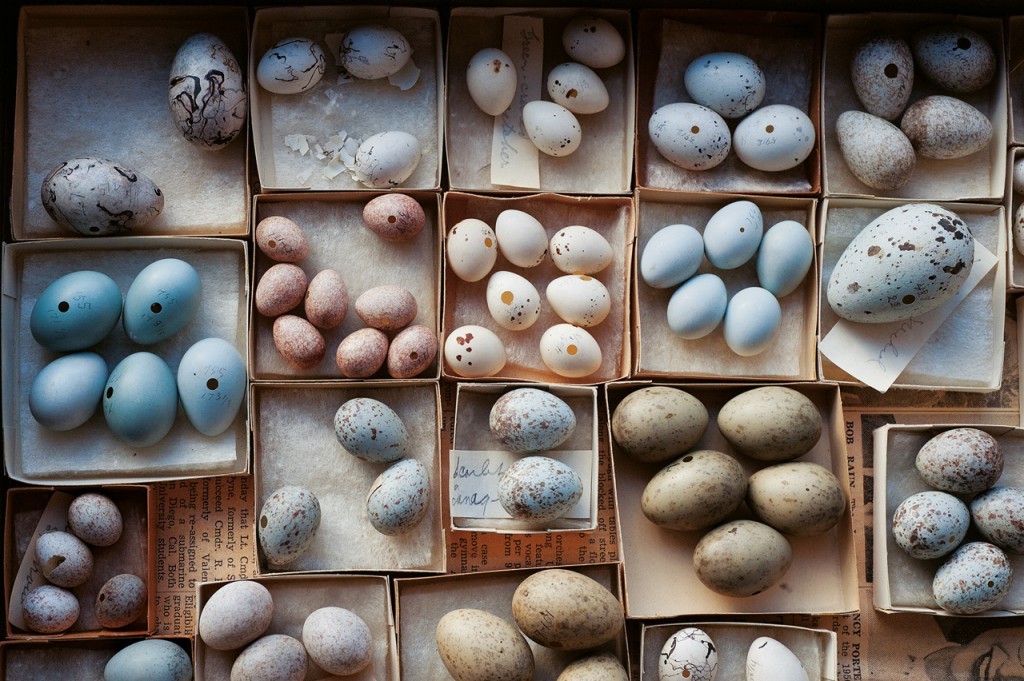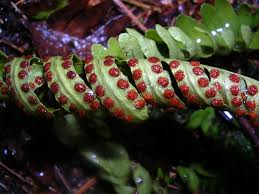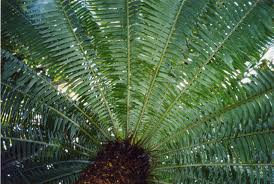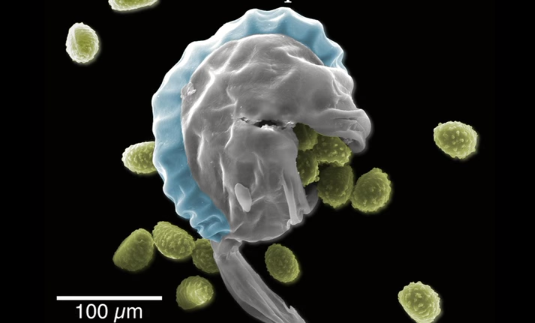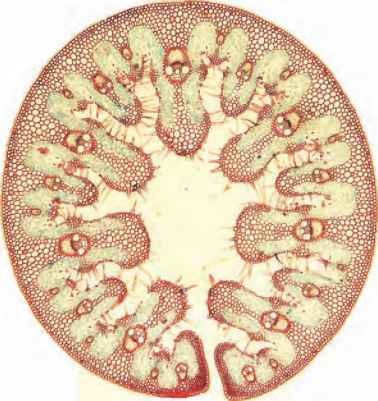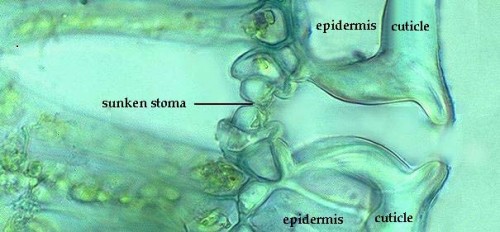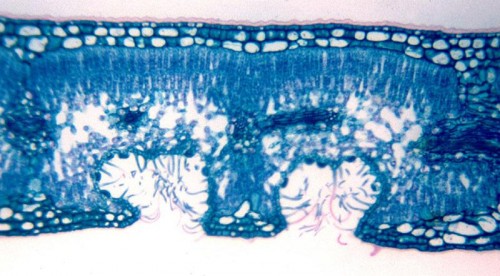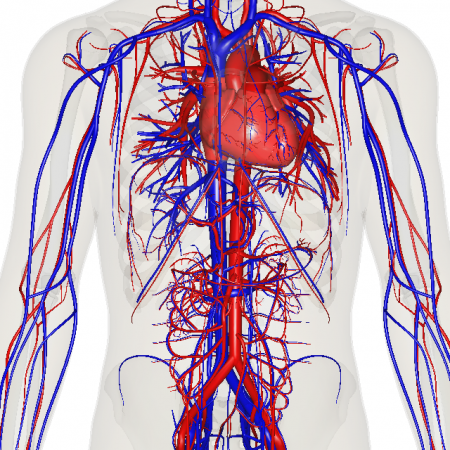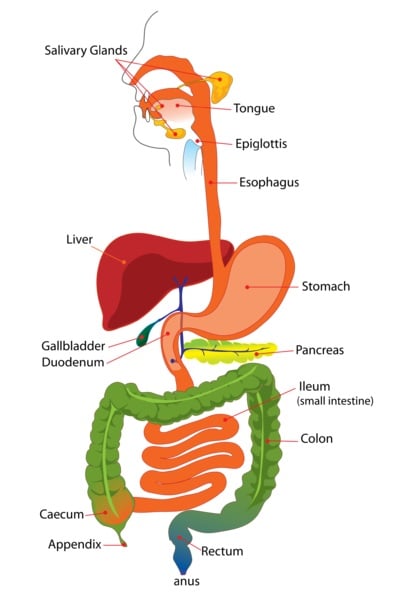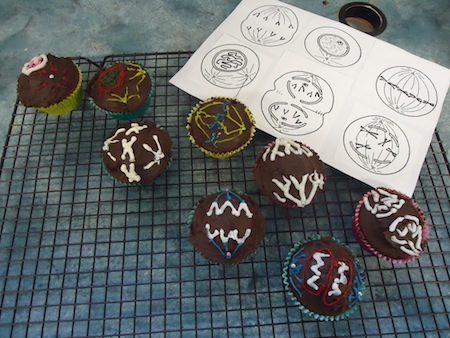Classification of living organisms has been a human pastime throughout history – it is important that we can name and identify organisms, especially if they are harmful (venomous snakes and spiders for example) or beneficial (organisms that provide food, fibre, medicine or services). It also helps us to group and organize the huge variety of living organisms on our planet. The science of identifying and naming organisms is referred to as ‘taxonomy’. Carl Linnaeus, a Swedish scientist, is often referred to as the ‘father of taxonomy’ because he developed the naming system that we still use today, called binomial nomenclature, which literally means “two-name naming-system”. Every organism belongs to a particular species and is identified by two latin words – the Genus and species. So, Homo sapiens (modern humans) belong to the genus Homo and species sapiens. Note that the genus name is capitalized, but the species name is not.
Two organisms that belong to the same genus (Eg. Eucalyptus citriodora and Eucalyptus camaldulensis) are more closely related than two organisms with the same species name (Eg. Eucalyptus citiodora and Backhousia citriodora). This is because the species name (citriodora) is a descriptive name that can refer to a characteristic of different groups, in this case, Lemon-scented Gum and Lemon-scented Myrtle.
Within the Five Kingdoms of Living organisms (Protists, Prokaryotes, Fungi, Animals and Plants) are the Phyla, Classes, Orders, Genera and species. It helps to remember this sequence of groups:
- Kingdom
- Phylum (and sub-phyla)
- Class (and sub-class)
- Order (and sub-order)
- Genus
- Species
Some more resources to learn about classification:
